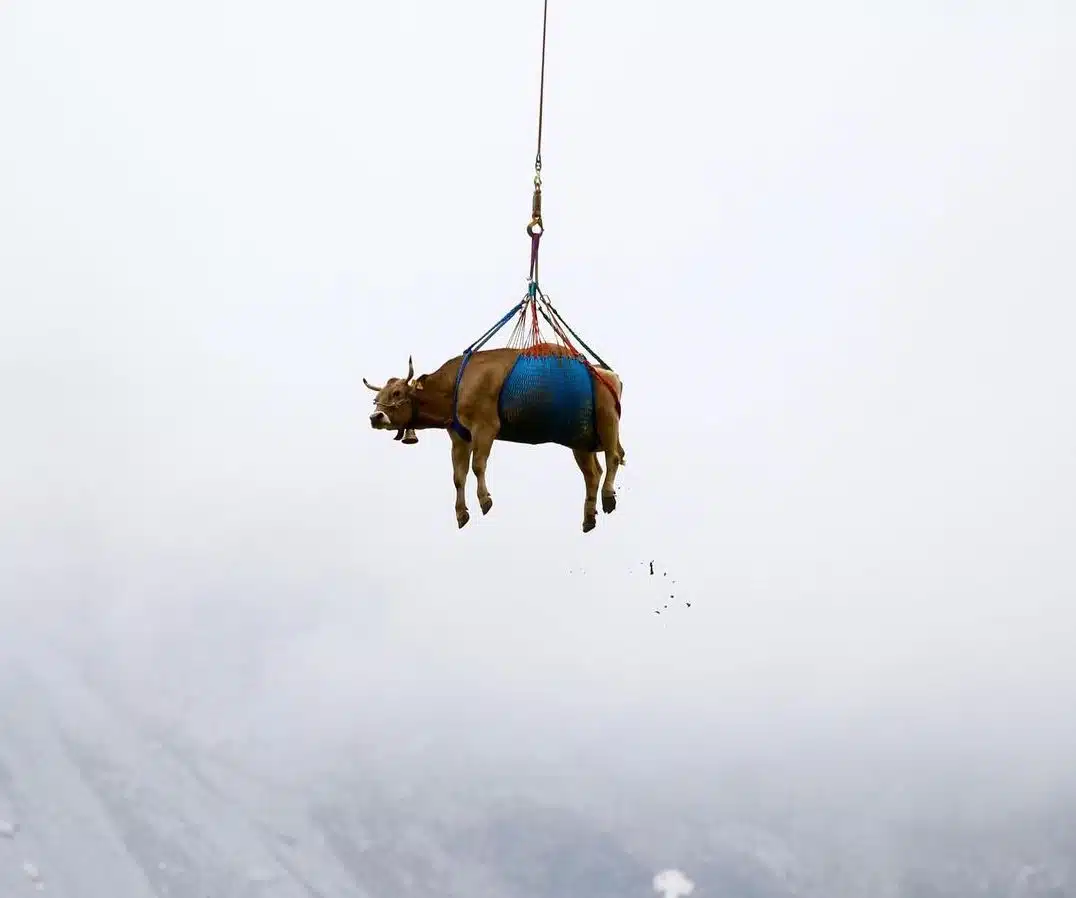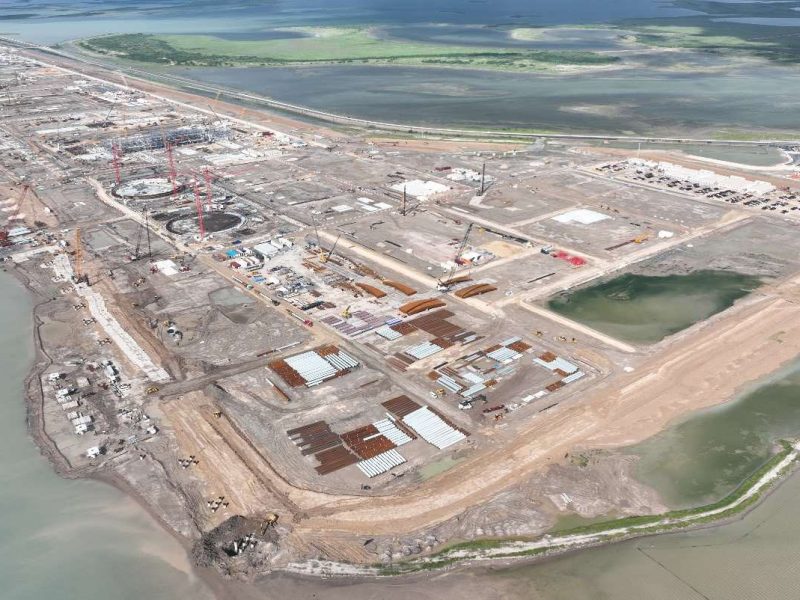In a dramatic response to a natural disaster, helicopters were deployed to rescue cattle stranded near a Swiss village that was partially buried by a glacier collapse. The event, which occurred in a remote alpine area, triggered immediate emergency measures to protect both human and animal lives.
What Happened?
The glacier collapse happened without much warning, sending tons of ice and debris cascading into the valley below. The force of the collapse partially buried a nearby village and cut off access to several mountain pastures. Dozens of cows were left trapped on precarious slopes, with food supplies running low and weather conditions worsening.
The Role of Helicopters in the Rescue
With ground access impossible, helicopters became the only viable option. Swiss authorities and local farmers coordinated a livestock rescue mission using aerial transport. Over the course of several days, helicopters flew dozens of sorties, airlifting cows to safety in slings or special transport harnesses designed for large animals.
The precision required in these rescues was immense. Pilots had to navigate tight mountain airspace, changing weather, and limited landing zones. Despite the challenges, no animals were harmed during the operation.
Why the Cattle Rescue Mattered
Livestock is more than just animals in alpine regions—it’s livelihood, heritage, and economic stability. The cattle trapped by the glacier collapse represent a significant part of the local agricultural economy. Losing them would have meant financial disaster for farmers already dealing with the fallout from climate-related challenges.
Beyond the economics, there’s also a strong cultural connection. Many Swiss families have raised cattle for generations, and each cow holds unique value, not just monetary. This made the rescue mission deeply personal for the community.
Glacier Collapses Are Becoming More Common
Scientists are observing an increase in glacier collapses in the Alps due to climate change. Rising temperatures weaken glacier structures, making sudden collapses more frequent. These events not only threaten communities and infrastructure but also highlight the increasing urgency for environmental resilience strategies in mountainous regions.
Final Thoughts
The helicopters rescuing cattle near the Swiss village weren’t just a spectacle—they were a necessary intervention in a worsening climate crisis. The swift coordination between farmers, emergency services, and aviation teams showcased the value of preparedness and community response.
While the images of cows dangling beneath helicopters captured international attention, they also serve as a stark reminder: nature is changing fast, and even in the peaceful Swiss Alps, no one—not even the cows—is completely safe from its effects.



